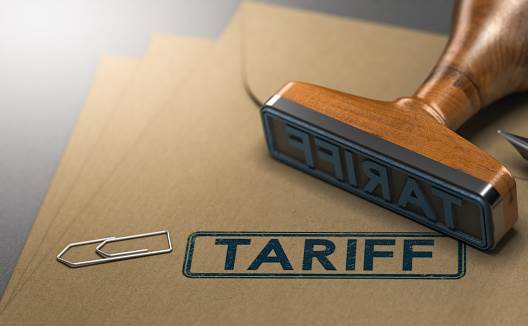We often hear the phrase, “History Repeats Itself”, whether it may be learning from past experiences or events, but what does it actually mean? Are we as a society destined to repeat the same mistakes our forefathers made before us? Well, yes and no, while mistakes are always bound to happen, we are blessed to have the resources as well as lessons from history to guide us through the future.
Currently, the United States is going through what many are calling “The New War on Trade” or a “Tariff Crisis”. Now most people are unaware of what this war is and what it means for millions of Americans in the coming future. Interestingly enough, this is not the first time the U.S. has been in a situation this severe. In 1882-1883, the U.S. federal government imposed heavy tariffs on imported goods, particularly harming the Southern economy reliant on agricultural exports.
Now what exactly are these tariffs? And why is it important we understand this ongoing crisis? Tariffs are essentially taxes that a country puts on goods imported from another country, essentially making those imported goods more expensive. For instance, let’s say I wanted to buy an apple from Italy in the U.S. that apple would need to be imported from Italy to the U.S, now if the apple costs 5 dollars on its own, the tariff would be an additional 2 dollars, covering the importation costs and drawing in government revenue as well.
Typically, the average tariff rate on all imported goods in the U.S. is around 8.4%. However, Trump is implementing a 25% additional tariff on imports from Canada and Mexico and a 10% additional tariff on imports from China. Trump claims these tariffs are being placed in the dear interests of the American people and holding countries like Mexico, Canada, and China accountable for their promises of halting illegal immigration and stopping poisonous fentanyl and other drugs from flowing into our country.
The problem with these tariffs is that they inadvertently affect the consumer, especially when they are used as a means of leverage between other countries. This results in higher prices for the consumer since the importing country needs to make a profit by any means necessary. Already, Canada has responded with retaliatory tariffs, placing a 25% tariff on more than $20 billion worth of US imports, including dairy products, meats, grains, wine, beer, apparel, footwear, motorcycles, cosmetics, and certain pulp and paper products. Canada also threatened additional tariffs on $86.2 billion worth of goods in the future if the tariffs do not come off.
It is still unknown how the Trump Administration will respond to these retaliations from Canada. Experts claim that a trade war might be on the horizon, as Trump has recently threatened to place a tariff of up to 250% on Canadian dairy and another on Canadian timber. Ultimately, it is still all just speculation, and the event of a trade war is improbable.









